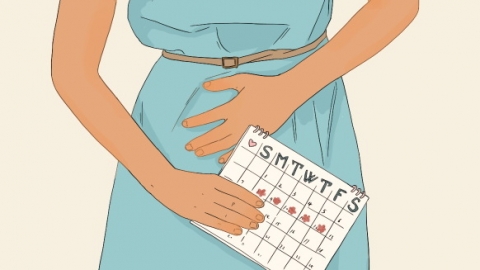What day after the menstrual period is the ovulation period?
Generally speaking, there is no fixed answer as to which day after menstruation ovulation occurs; it depends on the regularity of a woman's menstrual cycle. If the menstrual cycle is regular, the ovulation period typically occurs around 7-14 days after the start of menstruation. However, if the menstrual cycle is irregular, it is impossible to accurately estimate the ovulation period based solely on the end date of menstruation. Detailed analysis is as follows:

If a woman has a regular menstrual cycle—for example, consistently lasting 28-30 days—ovulation usually occurs approximately 14 days before the next menstrual period begins. Taking a 28-day cycle as an example, if menstruation lasts for 5 days, ovulation typically begins about 7 days after the end of menstruation. If menstruation lasts for 7 days, ovulation usually occurs about 5 days afterward. Overall, most women with regular cycles experience their ovulation period within 7-14 days after menstruation.
If a woman's menstrual cycle is irregular—for instance, varying between 20 and 40 days—it is not possible to accurately determine the ovulation period based solely on the end date of menstruation. Irregular menstrual cycles can cause the ovulation date to fluctuate frequently, occurring earlier or later than expected, and sometimes ovulation may not occur at all.
To more accurately determine the ovulation period, in addition to calculating based on the menstrual cycle, one can also observe physical changes to assist in identifying it. Furthermore, ovulation test strips can be used for detection; when the test strip shows a strong positive result, it typically indicates that ovulation is about to occur.




